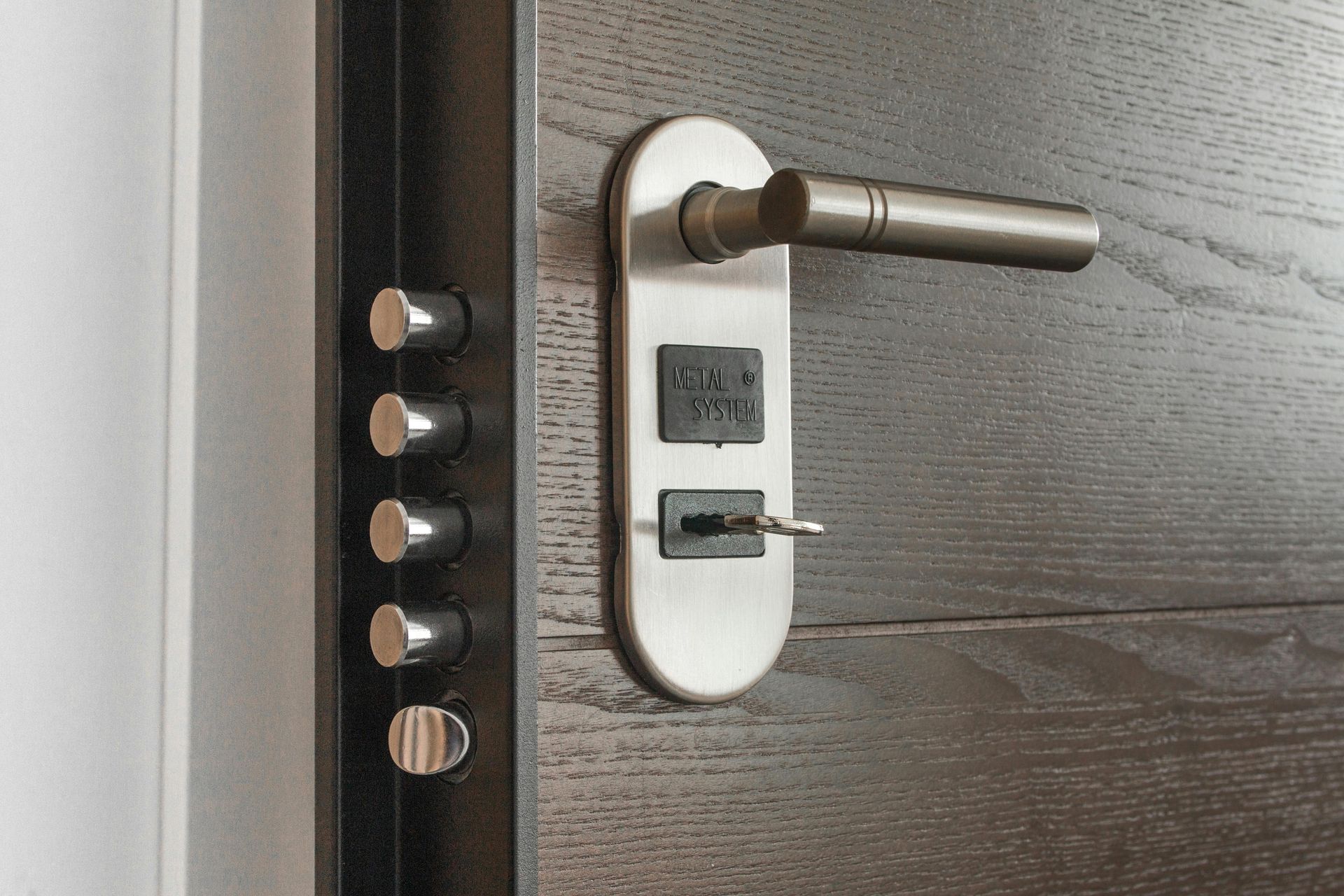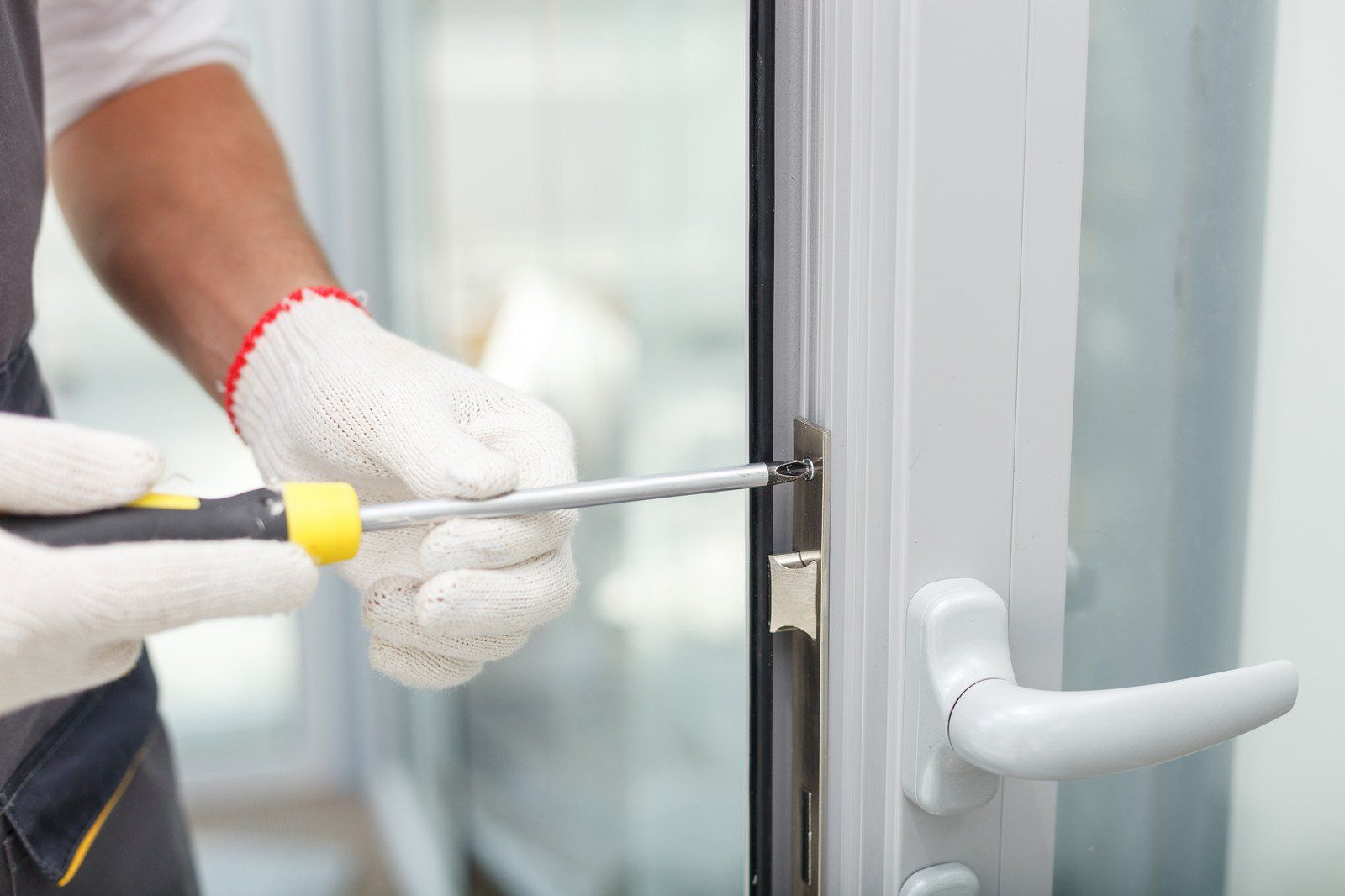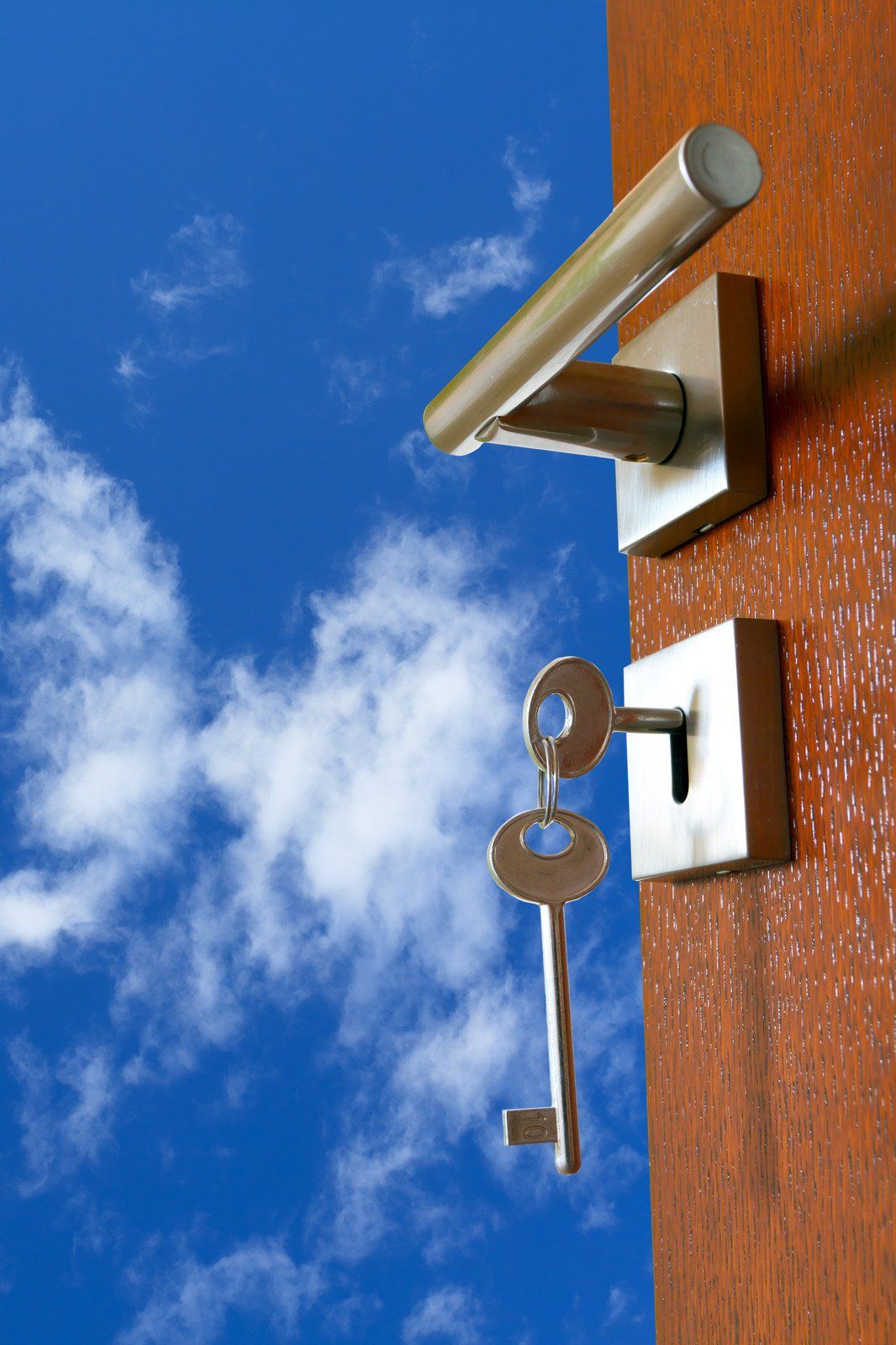





Regular maintenance of door locks isn't just a recommendation; it's a necessity for anyone looking to prolong the lifespan of their door hardware and ensure its reliability. Through preventative servicing, we can avoid lock failures that may lead to inconvenience and potential security risks. Let's dive into the critical steps for maintaining door locks:
What can you do to keep your locks working optimally?
Luckily, keeping your locks in top-notch condition isn't rocket science—it involves a series of simple yet effective steps. Here's what you can do:
1 - Regularly clean the locks
The process of cleaning your locks should be systematic and mindful of the lock's materials:
2 - How often should I lubricate my locks?
How to lubricate a mortice lock
Graphite Powder
3 - Don’t Use Damaged Keys
A closer look at keys is required:
- Inspect for damage: Even small bends or signs of wear can have a big impact.
- Avoid misuse: Keys aren't tools; incorrect use can compromise their integrity.
- Always have spares: Ready access to undamaged keys is a security must.
Use the keys properly
Keys cared for will care for your locks:
- No broken or damaged keys: These can be detrimental to your lock's health.
- Correct key use is essential: Forcing the wrong key is a recipe for disaster.
- Handle with care: Keys are sensitive; treat them gently.
4 - Schedule service visits
Pro assistance is invaluable:
- Professional insight: Regular service checks uncover issues you might miss.
- Regular cleaning and adjustments: Experts tend to areas needing special attention.
- Customize servicing frequency: Adjust according to lock type and environmental exposure.
Can I do door lock maintenance myself, or should I call a professional?
DIY lock maintenance is possible with the right approach:
- Simple steps achievable at home: Basic cleaning and lubrication can preserve your locks effectively.
- Watch for wear signs: More serious issues call for professional expertise.
- DIY with caution: Always refer to the manufacturer’s guidelines when undertaking lock maintenance tasks.
In wrapping up our extensive look at maintaining and servicing door hardware and locks, it's clear that a well-kept lock is more than just an operational convenience—it is a guardian of your personal safety and security. With this knowledge at your fingertips, the assurance that your locks are functioning at their best is now within your control. Regular maintenance not only preserves the physical integrity of your door hardware but also keeps money in your pocket and will save you from having to purchase new locks more often. Remember, the key to a secure lock is not just in its strength or design but also in the care and attention we dedicate to its upkeep.

Cleaning Hinges:
· Use a soft brush or cloth to remove any dust, dirt, or debris from the hinges.
· Apply a small amount of mild detergent or dish soap mixed with water to a cloth and gently wipe down the hinges to remove grease or grime.
· For stubborn dirt or buildup, use a toothbrush or small brush to scrub the hinges gently.
· Rinse the hinges with clean water and dry them thoroughly with a clean cloth to prevent rust or corrosion.
Maintaining Hinges:
· Apply a small amount of lubricant, such as WD-40 or silicone spray, to the hinges to keep them moving smoothly.
· Check the hinges periodically for signs of wear or damage, such as loose screws or rust, and tighten screws or replace hinges as needed.
· Avoid using harsh chemicals or abrasive cleaners on the hinges, as they can damage the finish and components.
· Lubricate the hinges regularly, especially if they start to squeak or become stiff, to ensure smooth operation.
To clean and maintain door handles of different variants:
Plastic Door Handles:
· Use a mild detergent or soap mixed with water to clean plastic door handles.
· Gently scrub the handles with a soft brush or cloth to remove dirt or stains.
· Rinse the handles with clean water and dry them thoroughly with a clean cloth to prevent water spots or damage.
Stainless Steel Door Handles:
· Use a mixture of mild detergent and warm water to clean stainless steel door handles.
· Apply the solution to a soft cloth and wipe down the handles, following the grain of the stainless steel to prevent scratching.
· Rinse the handles with clean water and dry them thoroughly with a clean cloth to prevent water spots or streaks.
· You can use a stainless steel cleaner or polish to restore shine and remove fingerprints.
Brass Door Handles:
· Create a cleaning solution using equal parts vinegar and water or lemon juice and baking soda.
· Apply the solution to a soft cloth and gently wipe down the brass door handles, focusing on areas with tarnish or buildup.
· Rinse the handles with clean water and dry them thoroughly with a clean cloth to prevent water spots or damage.
· Optionally, you can use a brass polish or cleaner to restore shine and remove tarnish, following the manufacturer's instructions carefully.
Regardless of the material, it's important to regularly clean and maintain door handles to keep them looking their best and functioning smoothly. Avoid using abrasive cleaners or harsh chemicals that can damage the finish or components of the handles.
Last but not least - Check the door positioning
Proper door position is crucial:
- Watch the level: A non-aligned door puts unnecessary stress on locks.
- Inspect hinges: As the pivot point of door movement, worn hinges can misalign everything.
- Strike plate and screws: Ensure these elements are properly secured and in line for a smooth function.
Should you still be having issues with your door maintenance, or simply would prefer to leave it to the pros, just call us on 0203-151-0531 and we would be more than happy to help. We can have a lock repair locksmith on your doorstep within 30minutes to assist with any lock related issues you may have.




